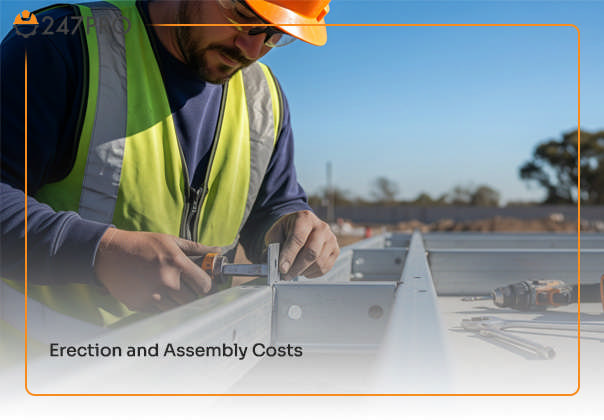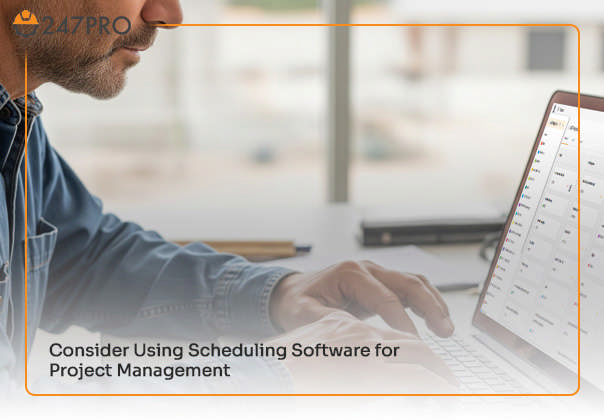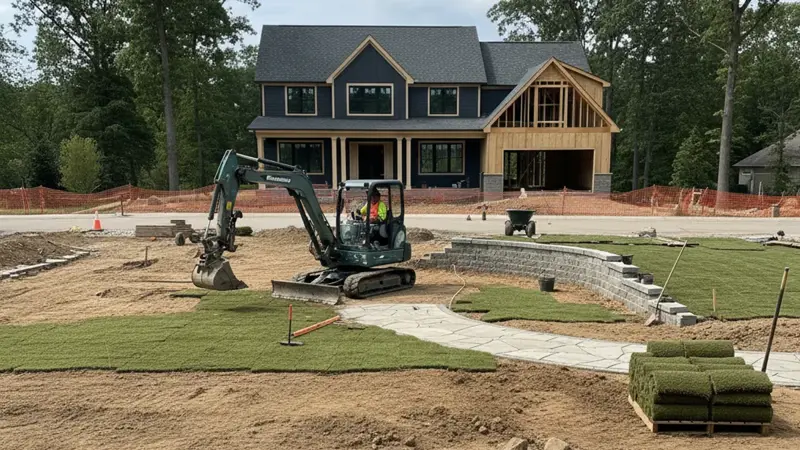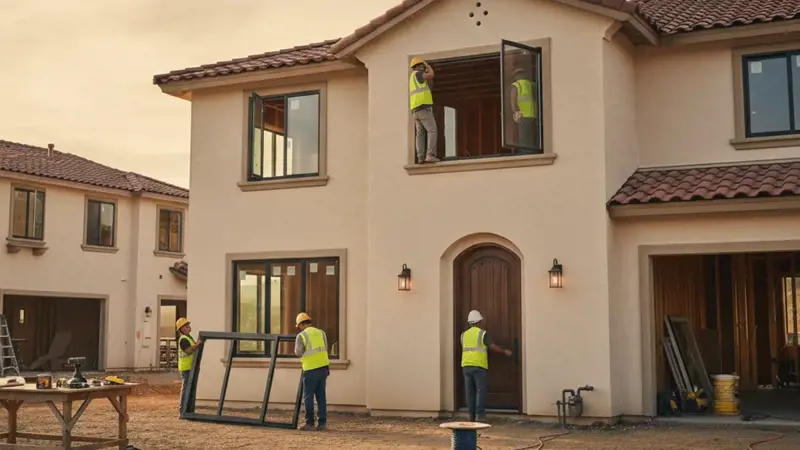When planning a steel building construction project, it’s easy to focus on the main costs like materials and labor. However, there are several hidden and ancillary costs that can catch you by surprise if you're not prepared. Understanding these additional costs up front will help you avoid budget overruns and ensure your project goes smoothly. Here’s a breakdown of the key hidden costs in steel building construction and tips to keep them under control.
Geotechnical and Soil Testing Costs
Before breaking ground, you’ll need to perform soil tests to evaluate the stability and suitability of the land for your steel structure. These tests are critical for determining foundation requirements and ensuring the long-term stability of the building. Keep in mind that geotechnical testing costs can vary depending on location, soil conditions, and the complexity of the project.
To avoid surprises, be sure to include this testing cost in your initial budget and allow for any additional testing that may be needed as the project progresses.

Costs Related to Structural and Architectural Design
Steel buildings offer flexibility, but designing the right structure is crucial for safety and efficiency. Structural and architectural design costs can vary depending on your building's size, complexity, and intended use. A custom design, in particular, may incur higher costs than a standard pre-designed option.
It’s important to budget for both the structural and architectural design phases early on. Be sure to work closely with your design team to get a clear picture of costs and timelines.
Permit Acquisition and Municipal Fees
Before you can start construction, you'll need to obtain the necessary permits from local municipalities. Permit fees vary widely based on your location, the size of the project, and local regulations. Some cities may also charge fees for zoning, inspections, and other required approvals.
These fees can add up quickly, so be sure to research local permit requirements in advance and include them in your project’s financial plan. Factor in potential delays as well, as the permit process can sometimes take longer than anticipated.

Insurance and Supervision Costs
Insurance is a must for any construction project. Coverage includes general liability, workers' compensation, and builder’s risk insurance to protect against unexpected incidents. While you may already have a sense of the premiums for these types of insurance, be sure to factor in the potential for higher rates due to the complexity of the steel building project.
Additionally, supervision costs are often overlooked. Having a qualified project manager or site supervisor is essential for overseeing day-to-day activities and ensuring the project stays on track. These costs are usually calculated as a percentage of the overall project cost or as a flat fee.
Site-Related Costs (Land Preparation, Access)
Preparing the land for your steel building is a critical step in the construction process. Land preparation can include clearing the site, grading, and laying down a foundation that’s suitable for steel construction. Depending on the site’s condition, this could range from a minimal cost to a significant one.
Additionally, you may need to address issues like improving access roads to the site or preparing the ground for crane operations. These costs can vary based on the location and accessibility of your construction site, so make sure to factor them into your budget.
Transportation and Crane Rental Costs
Transportation of steel materials and other large components can incur significant costs, particularly if the project is located far from suppliers or requires specialized equipment for delivery. This cost includes not only the transportation of materials but also any additional logistics or permits for oversized loads.
Crane rentals are another essential aspect of steel building construction, especially for the lifting and assembly of large structural components. Crane rental costs can vary depending on the duration of use, the type of crane required, and local rates. Make sure to account for crane rentals in your financial plan, as these can be a substantial expense for any large-scale project.

Erection and Assembly Costs
Finally, one of the largest hidden costs is the labor associated with the erection and assembly of the steel structure. While the materials might be delivered to the site, it still takes skilled workers and equipment to assemble the building. These labor costs can vary based on the complexity of the assembly and the amount of work involved in putting everything together.
To minimize risks, it’s crucial to have a clear understanding of the construction timeline and associated labor costs. Hiring experienced professionals for the assembly can help ensure a smooth process and avoid delays.
Minimize Surprises with a Metal Building Cost Calculator
To avoid surprises and manage these hidden costs more effectively, consider using a metal building cost calculator. These tools help provide an accurate estimate of your project’s overall costs by accounting for materials, labor, and other key factors. This is especially important for those new to construction projects, as it helps clarify potential costs you might overlook.

Consider Using Scheduling Software for Project Management
Managing the various phases of your steel building construction project can be complex. Using scheduling software for project management allows you to stay on top of timelines, costs, and resources, ensuring that every aspect of your project is executed efficiently and on budget. Proper planning and tracking are key to avoiding unexpected costs down the road.
Conclusion
Starting a steel building construction project can be an exciting venture, but it’s essential to be aware of all the hidden and ancillary costs that can arise along the way. By understanding these expenses and planning for them, you can avoid financial surprises and ensure the success of your project. Don’t forget to use tools like metal building cost calculators and project management software to stay on track from start to finish.


